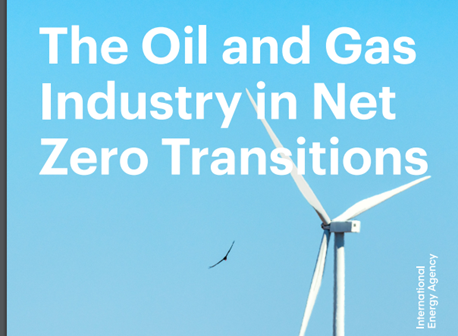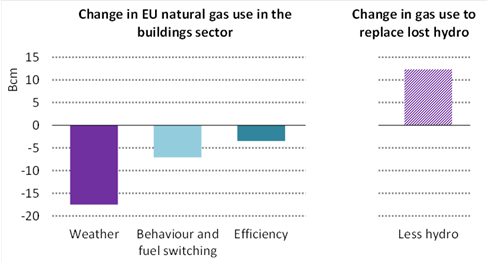How much will it cost for the world to transition coal? That’s the trillion dollar question. At the @IEA, we did a detailed assessment of every coal plant in the world, and all the coal used in industry, to make some estimates. Let’s ‘dig’ in... 

The total investment needed in clean energy to displace coal? $380 billion per year, globally, from now until 2030. That is around 20% of all clean energy spending in our Announced Pledges Scenario, which gets the world to 1.7°C by 2100. 

$380 billion to transition away from coal isn't much. It's less than the GDP of Austria. It’s 0.4% of global GDP.
Coal is very dirty, and solutions to displace it are pretty cheap: think wind and solar, mainly (at least for this decade). 

But sun and wind isn't the only thing. You also need strong grids and lots of batteries, hydrogen to displace coal in heavy industry, CCUS, electrifying end uses, and you need to be super efficient. In industry - a tough nut to crack - lots of this is in the demo/prototype phase. 

In power, things are easier. In fact, total system costs in the power sector are no higher with less coal on the system. Means the transition is eminently affordable after you’ve made all that upfront investment. 

So what stands in the way? A few things: there are inflexible long-term power purchase agreements, which means coal plant owners get their pay day even if it’s cheaper to generate with renewables. 

There is also a whopping $1 trillion of capital sunk into coal plants that is yet to be recovered. That kind of money is bound to keep a lot of players invested in their continued operation. 

But many initiatives under way to restrict financing for new coal, and to find creative solutions to power down the existing stock. International support is key: e.g. the Just Energy Transition Partnership (JETP), an excellent example of public and private capital coming together 

In our own assessment, we found that reducing plant owner’s cost of capital by 4% paves the way for a retirement of 1/3 of the global coal fleet within ten years. That would be very well aligned with climate goals. 

So to recap – the coal transition is affordable, and the challenges aren’t insurmountable. And if we operate the world’s coal assets as they have been in the past, we’ll sail past the 1.5° budget. That will cost the world much more... not just in dollars. 

Those were just a few morsels. The whole meal: iea.org/events/coal-in…
...and join us LIVE for the launch! Starting in two minutes iea.org/events/coal-in…
• • •
Missing some Tweet in this thread? You can try to
force a refresh



















